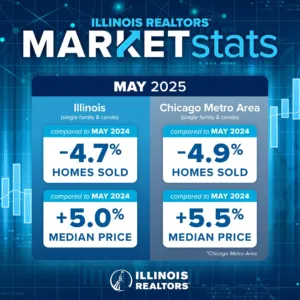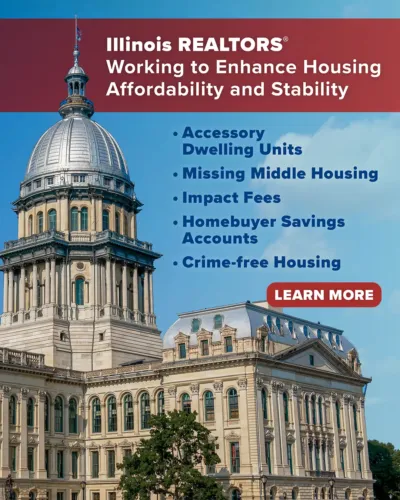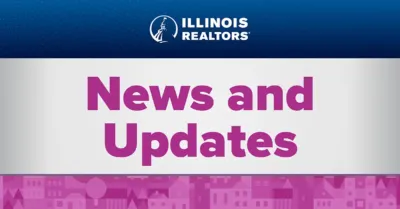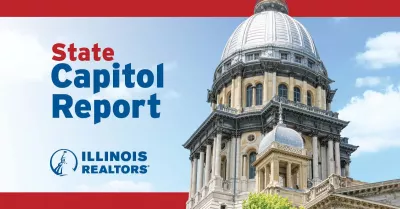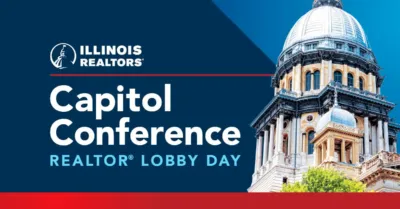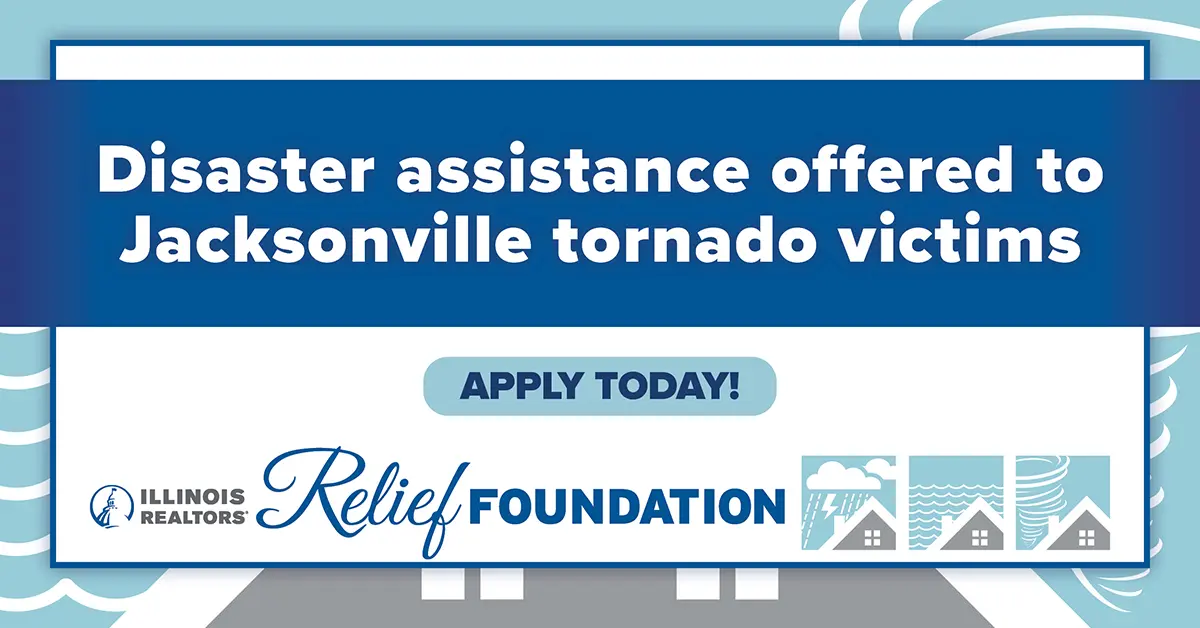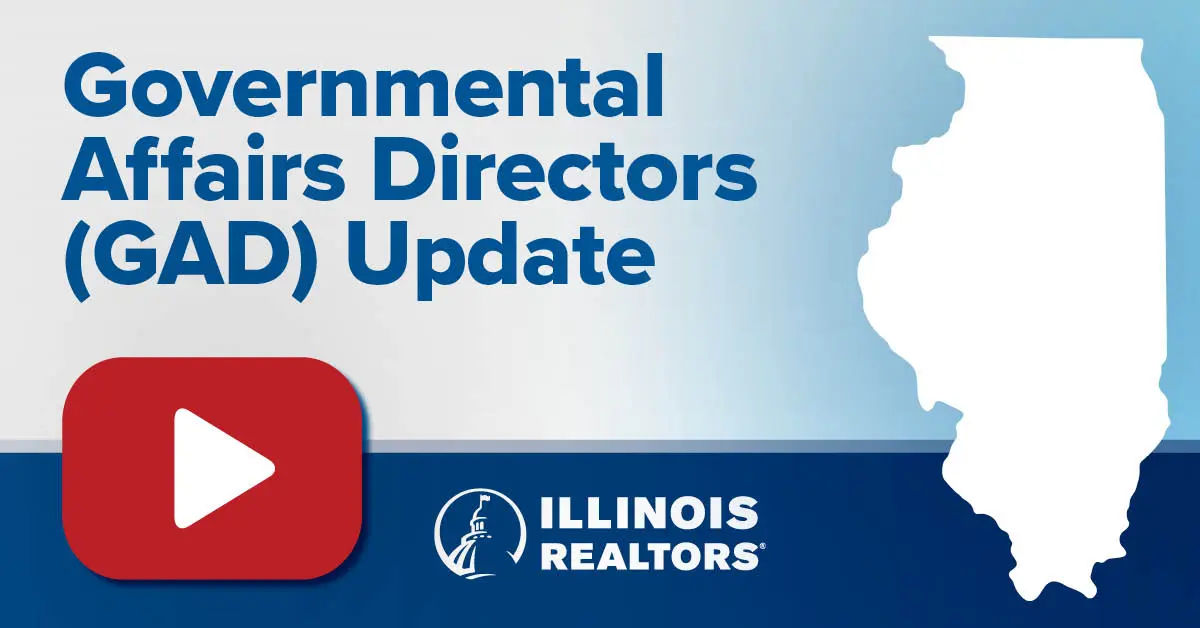The rapid growth of India’s commercial and residential real estate sectors, along with the phenomenal growth of the hospitality industry have created vast opportunities for international REALTORS® and investors. But a diverse market and the scope of bringing professional regulations, uniform property registration, title analyses and insurance to more than 600,000 cities and villages is daunting.
With almost 500 cities that boast populations in excess of 100,000 people, India is off to a good start. After affiliating with the National Association of REALTORS® in the United States, NAR-India announced two significant steps at its annual convention in New Delhi Aug. 13 and 14:
- branding real estate practitioners as REALTORS®; and
- joining NAR in promoting various education programs and ethical standards.
I had the opportunity to attend the eighth annual convention of NAR-India as a guest of honor along with about 100 representatives from 28 different countries. Illinois REALTORS® was also well represented by: my wife, Harsha Shukla; Ahmad Badat, past president of the Mainstreet Organization of REALTORS® (MORe); Marsha Collins-Mroz, incoming director of MORe; and Delmy Economos, a member of MORe’s Global Committee.
Real estate plays a significant role and is an essential contributor in Indian economic development. The real estate and building business is the second largest employer in the nation, after agriculture. Over the next decade, real estate sector is expected to grow by 30 percent. Housing alone contributes about 6 percent to the country’s gross domestic product (GDP). The Indian real estate market size is about $120 billion U.S. dollars and is expected to grow to $180 billion by 2020.
Indian infrastructure is growing fast with about 15 miles of roads being added every day. With more than 71,000 miles of railway track and more than 7,000 railway stations, India has one of the largest railway networks in the world. Software hubs like Bengaluru and Hyderabad and financial hubs like Mumbai and Delhi have unparalleled growth. The world’s costliest home of more than $1 billion (next only to Buckingham Palace in London) is owned by a Mumbai-based Indian entrepreneur. With the world’s cheapest automobiles costing just about $3,000, the roads are flooded with vehicles. The Indian middle class – 267 million in 2016 and growing at a very rapid rate – typically buy new properties in their home country and look for investment opportunities abroad.
NAR-India convention was inaugurated by K. Rahman Khan, member of parliament and former union minister of minority affairs. Lamp lighting, traditional short Indian performances were remarkable. Sessions covered various topics including the RERA bill (Real Estate Regulation and Development Act, 2016), Social Media, Business Startups for Commercial Sector and Global Real Estate. For the first time in India, it is now mandatory for all commercial and residential real estate projects with more than 500 square meters of land or eight apartments, to register with the RERA (Real Estate Regulatory Authority). Presentations and trade show booths were dominated by a few Indian real estate developers. Unfortunately, time management of the events lacked proper coordination.
On behalf of Association of South Asian Real Estate professionals (ASARP), Collins-Mroz, a ASARP founding director and I, presented an honorary life membership to Farookh Mahmood, a founding member and past president of NAR-India. Collins-Mroz presented her ideas on investment opportunities in the U.S., too.
NAR-India’s incoming president is Sam Chopra, a RE/MAX franchise owner from New Delhi. All of the 30 regional member associations were well represented at the convention. Due to market and cultural diversity, the road ahead is long and challenging. NAR- India is aware of this and is moving forward with sound and steady action steps.

